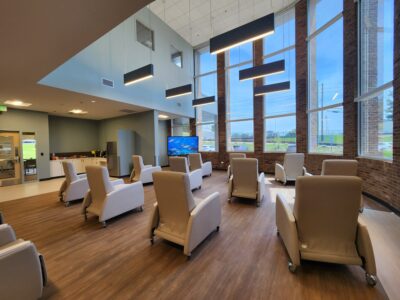Slip and fall accidents happen every day in California. Whether it’s at a store, a parking lot, or someone’s home, these incidents can lead to serious injuries. After a fall, it’s important to figure out who was responsible for keeping the area safe. In many cases, more than one person or company may share the blame. California law focuses on whether someone was careless or failed to fix a hazard. Understanding how liability works can help injured people take the right legal steps.
Property Owners and Their Responsibilities
Property owners have a duty to keep their spaces reasonably safe. This includes fixing problems like wet floors, loose steps, or poor lighting. If a property owner knew—or should have known—about a hazard and didn’t fix it, they could be held responsible. In some cases, even if they didn’t create the danger, they might still be liable for not taking action. The law doesn’t require perfection, but it does expect reasonable care. Property owners are also expected to warn people about known dangers if they can’t be fixed right away. These rules apply to both private homes and public places. That’s why proving liability after a slip and fall often starts with looking at the owner’s actions or lack of response.
The Role of Tenants and Business Operators
Sometimes, the property owner isn’t the one in charge of the day-to-day condition of the space. Businesses that rent property often take on those duties. For example, a store leasing a space in a shopping center may be responsible for keeping the aisles clear and safe. If someone falls in that store, the business—not the landlord—might be held responsible. The lease agreement often helps decide who has what duties. Courts will review who had control over the area where the fall occurred. If the tenant was in charge of safety in that space, they could be found at fault.
Property Management Companies
Many large buildings or rental units are run by property management companies. These companies are hired to take care of things like maintenance, cleaning, and repairs. If a fall happens because something was not maintained or a repair was ignored, the management company could be liable. Their responsibility depends on what they were hired to do. If they were supposed to handle repairs and failed to fix a known issue, they may be at fault. Just like owners and tenants, they’re expected to act with care. Their actions—or failure to act—can lead to serious injuries for someone else.
Contractors and Maintenance Crews
In some cases, outside contractors may be responsible for creating the hazard. For example, if a cleaning crew leaves a floor wet without warning signs, they may share in the blame for a fall. Or if a construction team creates an unsafe walkway, they could be held liable for resulting injuries. These third parties can be brought into a case if their actions contributed to the unsafe condition. The challenge is proving exactly who caused the issue and what they were supposed to do. Evidence like video footage, witness statements, or maintenance logs can help piece it together. All parties involved in keeping the property safe may be looked at in a legal case.
Shared Responsibility in Slip and Fall Cases
In California, more than one party can be responsible for an accident. The law allows for shared fault, which means multiple people or companies can split the blame. A court might find that both a store manager and a cleaning crew were careless. Each one could then be ordered to pay a portion of the damages. California also uses “comparative fault,” meaning the injured person’s own actions are considered too. If someone wasn’t paying attention or was wearing unsafe shoes, their part in the fall will be factored in. The final decision depends on the facts of the case and how each party acted.
Figuring out who is responsible for a slip and fall in California depends on who had control of the property and how they handled safety. Property owners, tenants, managers, or even outside workers could all share some responsibility. The law looks at whether each person or group took reasonable steps to prevent harm. When they fall short, they can be held liable for the injuries caused. Understanding these rules helps injured people take the right action. Legal help can make it easier to sort out who is at fault. In many cases, careful review of what happened can make all the difference in holding the right people accountable.






